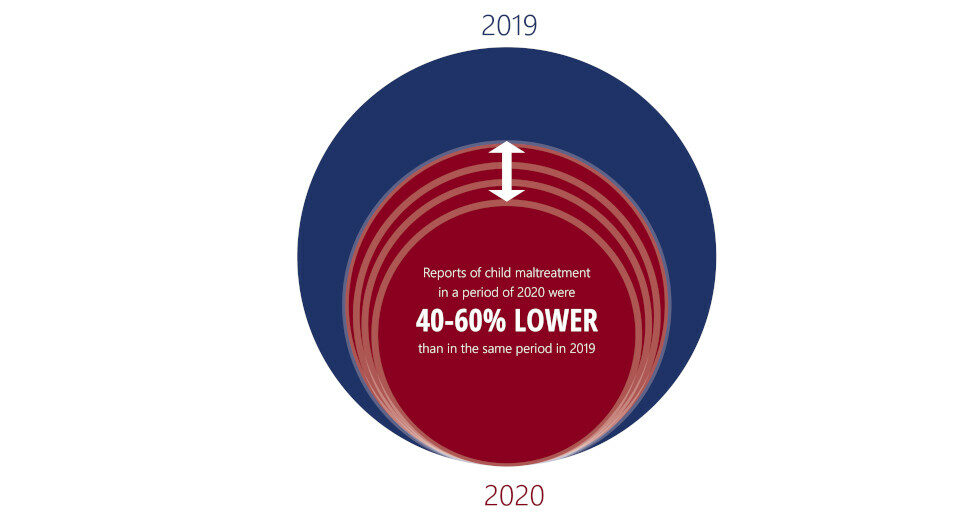Data Reveals Trends in Child Maltreatment; New Tool Can Enable Effective Response

Economic stressors likely pose a greater risk for family and child well-being than children’s lack of proximity to all mandatory reporters, a new report from Chapin Hall says.
Using a broad range of data sources, Chapin Hall looked at historic trends and the relationship between community-level stressors and child abuse and neglect. They found wide disparities in the levels of substantiation of child abuse reports. While educators submitted the most maltreatment reports, for example, only 11% of those reports were substantiated.
“The seasonal fluctuation that happens in response to school attendance largely affects the rate of unsubstantiated cases,” said Dr. Dana Weiner, the lead author of the report.
Of greater concern is the potential impact of a large-scale economic crisis. The report–COVID-19 and Child Welfare: Using Data to Understand Trends in Maltreatment and Response–explains that economic hardship and its results are risk factors for child maltreatment. Research has shown that families experiencing poverty and economic insecurity have higher rates of child abuse and neglect.
“While the pandemic has disrupted child welfare systems, it’s also challenged us to re-orient our systems,” said Bryan Samuels, executive director of Chapin Hall at the University of Chicago. “We need to move from focusing on surveillance and investigation to providing services that support families so that we can prevent child abuse and neglect.”
To support agencies in this effort, this report also introduces a dynamic new forecasting tool: the Latent Event Simulator. This tool was developed from analysis of multiple data sources, including seven years of child abuse hotline reports, unemployment and child poverty rates, census and birth records. The tool allows agencies to estimate changing rates of abuse and neglect based on community-level stressors, to project unseen events, and to plan appropriate responses.
Latent event simulation allows agencies to shape adaptive responses to the families they serve. Adaptive changes that systems can make include:
- Distinguish and address poverty-related neglect from child endangerment or abuse.
- Broaden the array of community-based supports and partner with families directly to identify what they need to safely care for their children.
- Leverage technological and statistical tools.
- Shift the role of “mandated reporters” from surveillance to service.
- Expand the responsibility for child and family well-being beyond the child welfare system.
“Creating service pathways is key for preventing child abuse and neglect,” said Weiner. To learn more about this report and the Latent Event Simulator tool, contact Dr. Dana Weiner or Dr. Leanne Heaton.
 Thank you for your interest in Chapin Hall’s research. Please share some information to access this file.
Thank you for your interest in Chapin Hall’s research. Please share some information to access this file.